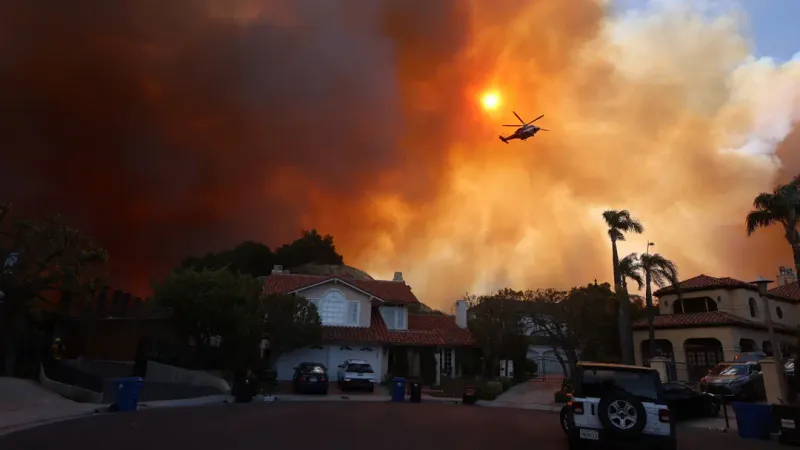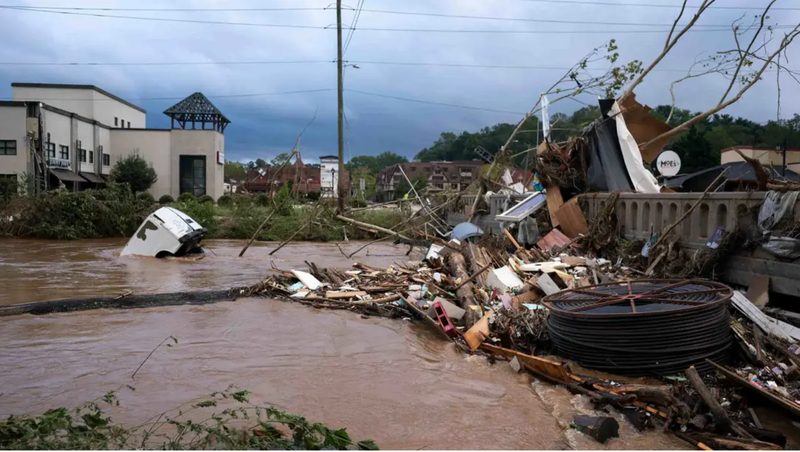NASA Identifies 50 Methane 'Super-Emitters'
On Tuesday, NASA said its Earth Surface Mineral Dust Source Investigation mission detected and identified more than 50 "super-emitters" of methane gas in Central Asia, the Middle East, and the southwestern US. The observations occurred as a part of the International Space Station's operations.

Facts
- On Tuesday, NASA said its Earth Surface Mineral Dust Source Investigation mission detected and identified more than 50 "super-emitters" of methane gas in Central Asia, the Middle East, and the southwestern US. The observations occurred as a part of the International Space Station's operations.
- Methane absorbs infrared light in a way that allowed the NASA mission to detect the greenhouse gas more easily. Sites under investigation included oil and gas facilities as well as extensive landfills.
- NASA Administrator Bill Nelson said, "reining in methane emissions is key to limiting global warming. This exciting new development will not only help researchers better pinpoint where methane leaks are coming from, but also provide insight on how they can be addressed quickly."
- Potent methane gas emissions last in the atmosphere for ten years, while CO2 lingers for hundreds or thousands of years. Reducing methane gas emissions would have a more immediate impact on decreasing global warming.
- Examples of these "super-emitters" included an oil and gas infrastructure site in Turkmenistan with a cluster of 20 plumes stretching more than 12 miles. Other large emitters identified included an oilfield in New Mexico and a waste-processing plant south of Tehran, Iran.
- NASA research scientist Andrew Thorpe further stated, "we're really excited about EMIT's potential for reducing emissions from human activity and pinpointing these emissions sources."
Sources: Al Jazeera, Reuters, and Space.
Narratives
- Narrative A, as provided by Space. NASA's findings are critical to supporting policymakers in regulating dangerous methane gas emissions. Game-changing monitoring tools are also being developed in Europe, which will help to pinpoint sites like power plants and fossil facilities. These space-based tools will help to hold "super emitters" accountable.
- Narrative B, as provided by RMI. While satellites are excellent sources for monitoring and tracking greenhouse gas emissions, there are shortcomings with space-based data collection systems. Satellites don't typically measure all greenhouse gases everywhere all the time, and they must be coupled with ground-based detection systems if we want a true picture of emitters.






